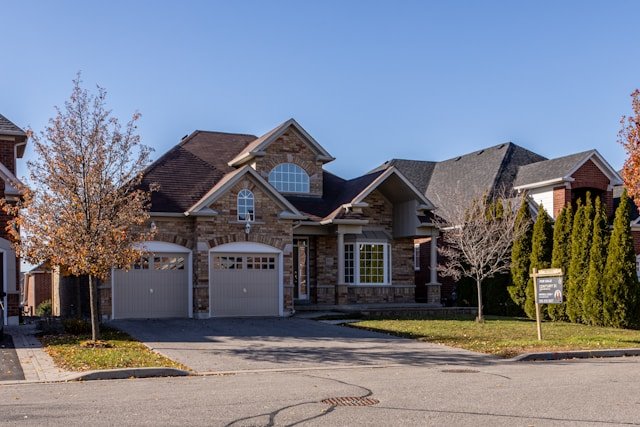Creating a Relaxing Home Environment for Modern Living

Crafting a calming home environment has become more essential in today’s fast-paced world. Homes are no longer just places we live in; they have evolved into critical retreats where we recharge and find solitude. This shift underscores the importance of designing living spaces that soothe the soul.
From leveraging natural elements to upgrading your lighting, this guide will explore practical methods to transform any home into a soothing oasis. By incorporating well-researched strategies and integrating your personal touch, you’ll soon find that creating a serene environment is more attainable than you might think. Each room has the potential for peace; with a few thoughtful adjustments, your home can become a haven of tranquility.
Introduction to Modern Living Spaces
Modern homes serve as more than just a roof over our heads; they are personalized retreats from the chaos of the outside world. The design of homes significantly affects our emotional and mental well-being. Research has shown that a well-designed space can alleviate stress and promote tranquility. Whether looking for homes for sale in Southlake TX, or simply aiming to revitalize your current space, the goal remains: create a sanctuary that fosters peace and relaxation. For those engaged in the hustle and bustle of daily life, a home that reflects comfort and serenity is invaluable. It becomes a place of refuge and relaxation, where the tensions and trials of the day can be set aside, even temporarily.
The Importance of Natural Elements
Incorporating nature into your home design can have profound positive effects. Materials, wood, and stone have an organic touch that transcends aesthetic beauty. These mats have a GMAT CT, establishing a connection to the earth and fostering a sense of calm. In addition, it is a simple yet powerful way to boost mood and energy. Spaces,dr Ched, with sunlight feel more open and inviting, making them perfect for unwinding. Natural elements like herbs are stylish and purify the air, creating a healthier living environment. Plants such as snake, pothos, and spider are hardy and easy to care for, making them excellent choices for any room.
Organizing for a Calming Effect
A cluttered space can lead to an untidy mind. Organizing to establish tranquility and implementing organizational systems helps create order and peace. Start by identifying essentials from things you can donate or discard. This process sets up space, process clarity, and a sense of accomplishment. Use storage solutions such as shelves and boxes to keep items neatly out of sight while retaining accessibility. The Japanese concept of ‘Mottainai’, which is about reducing waste, can inspire a mindset to prioritize meaningful possessions over quantity.
The Role of Lighting in Relaxation
Lighting plays a crucial role in setting a room’s mood. For relaxation, consider using warm lights that create a cozy atmosphere. The glow of dim lamps or strategically placed candles can transform the evening mood. The effect of lighting on mood can be overstated, offering to transform a regular living space into a sanctuary of calm. Dimmer switches and smart lighting switches allow you to adjust innovative brightness levels to suit your activities and preferences, facilitating an environment that supports relaxation.
Integrating Technology for Comfort
When used wisely, technology can enhance comfort levels in your home. Smart thermostats, automatic lighting, and noise-cancelling systems are wise investments to increase convenience and support a relaxing atmosphere. Imagine controlling lighting and temperature with a simple voice command or creating a calming music playlist at the push of a button—the key is to ensure that tech enhancements blend seamlessly with the home environment. Sticking to a balance is essential; technology should support relaxation, not create additional stress or complexity.
Practical Tips for a Soothing Bedroom
Relaxation is paramount in the bedroom, making its design critical to home tranquility. Start by singing soothing colors like soft, lilac, yellows, and greens for the walls, as these hues promote relaxation and calmness. Opt for natural materials such as cotton or linen for bedsheets; these are soft and breathable, enhancing comfort. Arrange furniture to improve the flow of movement, creating a harmonious and accessible space. Decluttering limits distraction, allowing your mind to drift into a restful state easily. Consider users needing a care unit or setting the stage for sleep.
Conclusion: Crafting Your Perfect Sanctuary
Creating a relaxing home environment is an ongoing journey. You can craft a sanctuary that nurtures peace and comfort by incorporating natural elements and personalizing your space. A sanctuary is your refuge—a place to relax and enjoy tranquility. It does require a complete overhaul; some things don’t require significant changes—an organ, some things don’t need a new lamp—can make all the difference. The goal is to create a space where you can truly create.




